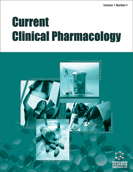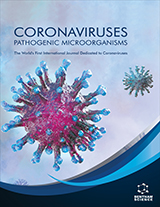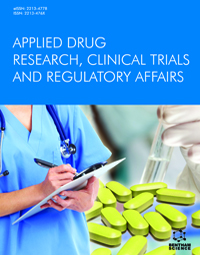Abstract
Nature has bestowed our universe with a vast wealth of restorative and
curative plants. In the 21st century, medicinal plants' therapeutic effects have been
considered a promising future drug/medicine for managing health care. The
phytochemicals in herbs are the active ingredients that possess therapeutic activity and
are considered medicine or drug. The ever increasing demand for phytochemicals from
plant origin, either as pure compounds or as standardized extracts, provided unlimited
opportunities for new drug leads. Seeking therapeutic drugs from natural products is of
particular interest throughout the world. Plants synthesize secondary metabolites,
which include alkaloids, flavonoids, saponins, terpenoids, glycosides, tannins and
volatile oils. One of the important phytochemicals to be discussed in this chapter is
glycosides. Glycosides play numerous important roles in living organisms. Many plants
store chemicals in the form of inactive glycosides. These can be activated by enzymatic
or acid hydrolysis leading to one or more sugar moieties along with non-sugar
moieties. The former is called glycone, and the latter is aglycone or genin. Based on
sugar moiety linkage, they are classified as C-glycosides, O-glycosides, S-glycosides
and N-glycosides. Due to the complexity of plant chemical constituents, pure
phytochemicals must be obtained using proper extraction and isolation techniques. This
chapter focuses on the analytical methodologies, which include the extraction,
isolation, identification and characterization of glycosides from medicinal plants.






















